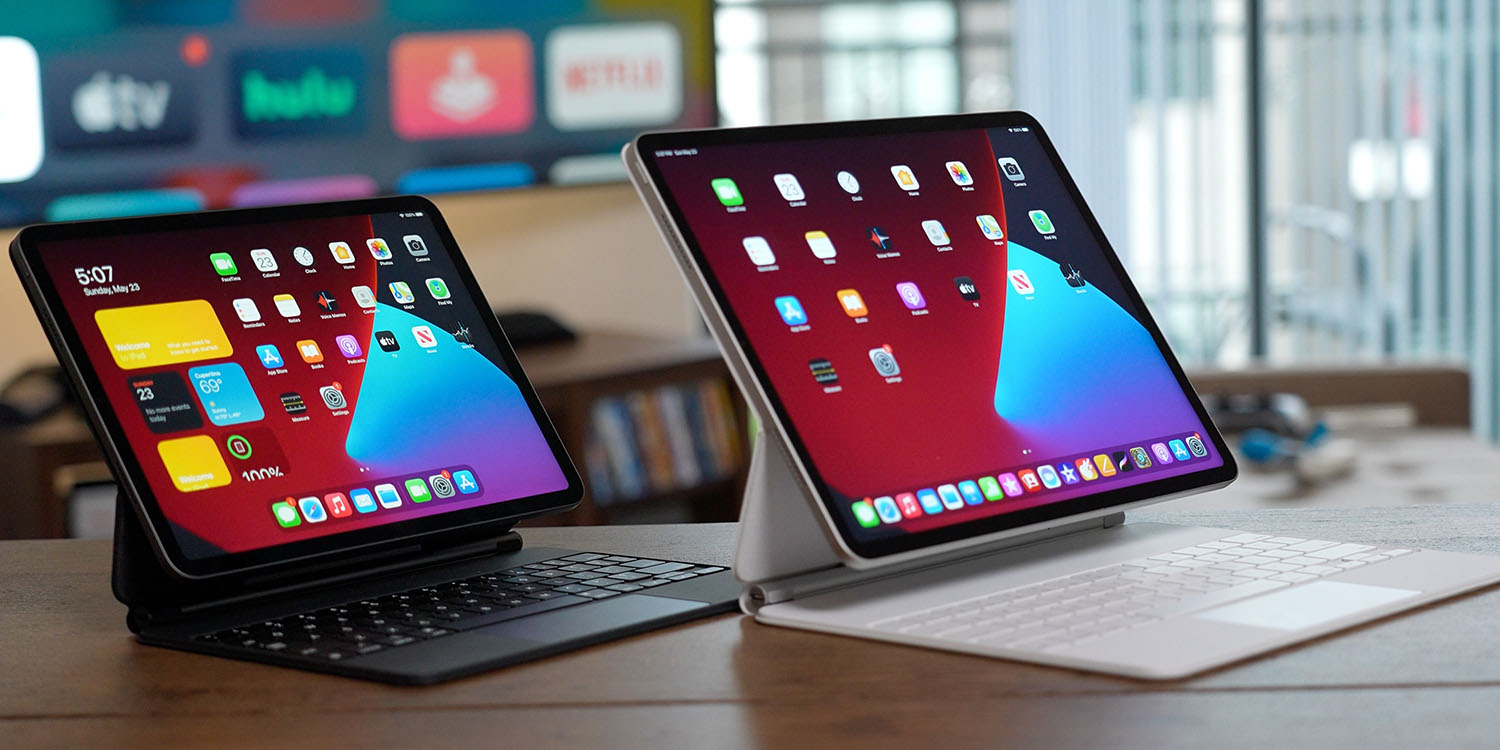
iPad OLED panels will cost Apple two to three times as much as competitor companies pay for OLED screens of a similar size, according to a new supply chain report.
While other companies pay $100 to $150 for an OLED panel of 10 inches or so, Apple is expected to pay $270 to $350 due to requiring a significantly higher spec …
Background
We’ve talked before about Apple’s display roadmap. This began with IPS LCD with conventional backlighting, which is still used in older Macs and cheaper iPhones.
Next up was IPS LCD with miniLED backlighting. Apple switched to this for iPad Pro models, and is now using it in the new MacBook Pro.
OLED is gradually transitioning from smaller screens to larger ones. Apple first adopted OLED in the Apple Watch before bringing it to the iPhone, starting with the iPhone X. The company has not yet used this in either iPads or MacBooks, but is expected to begin this process next year.
Apple gave the go-ahead for work to begin on the project back in January.
Apple will pay 2-3 times more than competitors
The Elec reports that Apple is expected to pay two to three times more than competitors, for equivalent-sized panels.
It is expected that the price of organic light-emitting diode (OLED) for iPads supplied by domestic panel companies to Apple will be 2 to 3 times that of OLED of the same size as before. There is an analysis that the price will inevitably be expensive because the two-tandem method with two OLED emission layers and high-level technologies such as LTPO TFT are applied.
Based on the coverage of this paper on the 27th, it was found that Apple, LG Display, and Samsung Display are discussing the price of OLED panels for iPads scheduled to be released next year, with 11-inch models at $270 and 13-inch models at $350. The supply price of OLED panels for existing early 10-inch IT products is around $100 to $150.
iPad OLED panels will be far more advanced
As the report notes, the reason is that Apple is demanding a far more advanced spec than existing OLED panels of this size.
Specifically, Apple wants to use a glass/film hybride to prevent warping, rather than the cheaper flexible film used by most products; and the company plans to double-up on pixels, to increase brightness and extend longevity.
Scaling up flexible polyamide film used in iPhones to larger iPad and MacBook displays is tricky, as that flexibility can create warping, which might be visible in larger displays. For that reason, Apple is expected to instead use a hybrid glass-polyamide film display – which combines the flexibility needed for slim bezels with the rigidity required to avoid warping.
Apple is also reported to have asked Samsung to use a form known as “two stack tandem OLED,” which uses two layers of pixels instead of one. Doubling up the pixels in this way makes for brighter screens, while also extending their life. The latter is an important factor for iPads and MacBooks, which people typically keep for longer than iPhones.
Photo: Daniel Romero/Unsplash
FTC: We use income earning auto affiliate links. More.


Comments